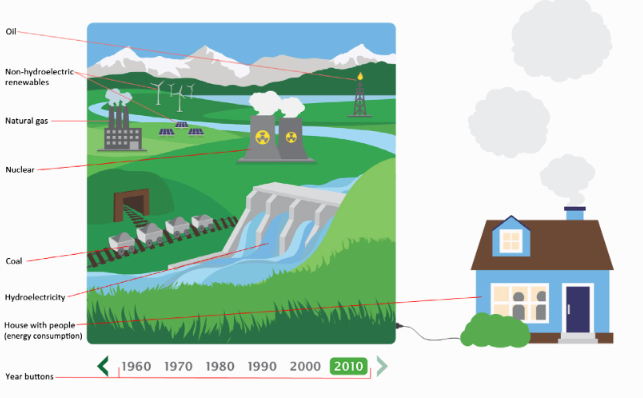First, I would like to apologize for the lack of recent posts under the LVIZ blog, but I and other contributors were traveling a lot, visiting various conferences and had report deadlines to match. In return, I will post several conference reviews over the next weeks with the biggest conference still to come in August: SIGGRAPH 2011 in Vancouver! The conference season started with the most important conference on human-computer interaction; CHI from May 7-12 at the new Vancouver conference center. CHI was far too large that I could address all session here. Instead I will focus on the sustainability workshop and the two sustainability sessions that were part of this year’s CHI.
The sustainability workshop at CHI was organized by Leo Bonanni (MIT Media Lab, USA), Daniela Busse (Sap Labs (Palo Alto), USA), John C Thomas (IBM TJ Watson Research Center, USA), Eli Blevis (Indiana University, Bloomington, USA), Marko Turpeinen (HIIT, Finland), and Nuno Jardim Nunes (Univ of Madeira, Portugal). Every participant had prepared position papers which were first presented and discussed. During the second half of the one-day workshop, IBM researcher John C. Thomas, who is also involved in IBM Smart City, presented the pattern language approach (cf. Christopher Alexander’s pattern language) as a method to grasp the fuzzy categories of sustainability. The unconventional approach produced an impressive variety of sustainability patterns. Co-organizers Leo Bonanni and Marko Turpeinen also announced a Green Hackathon in Stockholm on September 30, 2011. Interviews with some of the workshop participants are also covered by the Sustainable Lens blog from Australia which is presenting sustainability issues as online radio shows.
On Wednesday, two sustainability sessions took place. The first session started of with a presentation by Conor Linehan from the Lincoln Social Computing Research Centre on Guidelines for Designing Educational Games. Linehan referred the evaluation of behavioral change through educational computer games to the Applied Behavior Analysis (ABA) approach in psychology. The presentation was awarded and provided very valuable approaches for the evaluation of computer tools with an educational goal. The majority of the following presentations addressed the change of individual behavior through the visualization of individual consumption patterns, e.g., energy or water consumption. Most presentations were very nicely designed but from my point of view, some lacked from oversimplified conceptualizations of individual behavior change through more information. In the case of BeeParking, car use as an unsustainable behavior was even made more convenient through a smart parking system. In contrast, I was more impressed by the work of Philips Research in the Netherlands, who presented a game that is supposed to raise family awareness and change behavior about electricity use (download the paper here) and by James Pierce investigation of reacquisition and dispossession practices around second-hand objects (download the paper here).
It is good to hear that sustainability has its own SIG at CHI and it was even proposed to propose a sustainability track on its own which might lead to a higher number of sustainability papers at CHI. Either way, it is great to see that sustainability is also a topic inside the human-computer interaction community and I am sure that there is more to come.

